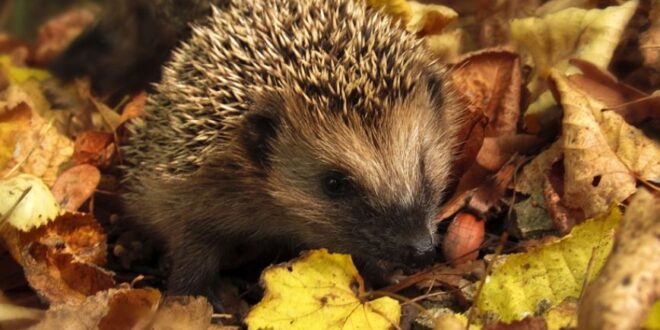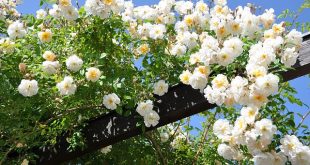With protecting the environment and tackling climate change becoming ever-pressing issues, gardeners are under increasing pressure to make sure their plots are as eco-friendly as possible. The good news is that there are plenty of easy ways to achieve this, so there’s something for every budget and garden. Here, we take a look at a few ideas to get you started.
Plant for pollinators
Vital pollinators such as bees and butterflies are in big trouble. In fact, a study reported by the BBC found that around a third of wild bees and hoverflies are in decline. Yet, without these essential pollinators visiting our gardens, we face a future where our food crops are threatened.
Gardeners can do their bit to help by planting pollinator-friendly flowers, herbs and shrubs that attract a wide range of insects. Good choices include lavender, borage, foxgloves, verbena bonariensis, buddleia and oregano. Weeds, such as dandelions and nettles, may be frowned upon by us humans, but insects adore them, so learn to live with a few weeds if you can.

Understand your garden
Many plants fail to thrive because they’re not happy where they’re situated or the soil isn’t right for them. Learn to understand your garden, including what kind of soil you’ve got, so you can plant accordingly. For example, if you have very dry conditions and sandy soil, choose drought-tolerant plants rather than thirsty specimens to reduce your reliance on watering or feeding them.
Collect rainwater
Water is a scarce natural resource, and with the average single household member in the UK using up to 149 litres of water per day, it’s important to look for ways to save water to protect the environment. Instead of turning on the tap to water outdoor plants, harness rainwater from a water butt connected to your property or garage instead.
Choose plants that don’t need watering frequently, and when plants do need watering, do this first thing in the morning or last thing at night to reduce water evaporation. Plants in pots need watering more often, so use the largest pots possible and group plants together to prevent moisture loss.

Make your own compost
The destruction of peat bogs to make commercial compost is bad news for the environment, with scientists claiming it can contribute towards climate change. Steer clear of peat-based composts when visiting garden centres, or, better still, make your own compost, to save money and protect the planet. There are lots of different types and sizes of garden compost bins available, even for the smallest of plots.
Encourage wildlife
Encouraging wildlife into your garden not only provides them with vital habitats to help them survive, but beneficial species such as hedgehogs and frogs do a fantastic job of hoovering up unwanted pests such as slugs and snails.
In particular, hedgehogs are a gardener’s best friend, but their numbers are in astonishing decline, dropping by up to 75% in some areas of the UK. You can encourage hedgehogs into the garden by creating hedgehog highways so they can easily enter your garden, and leaving a bowl of fresh water out for them in dry weather.
One of the best ways to make a garden more wildlife-friendly is to create a pond. Even if you only have a small plot, sinking a bowl of water into a garden can still encourage beneficial wildlife to come flocking.
Additionally, leave an area of your garden to grow wild and plant a wildflower patch, to help increase the number and variety of wildlife visiting your plot.
Avoid chemicals
Pests are a gardener’s number one enemy, but before you get the pesticide spray bottle out, think about the damage this may cause. Chemicals may be good at killing nuisance bugs, but they could also cause harm to beneficial plants, insects and wildlife. Plus, bugs and pests are often a vital food source for birds and insects, so if you take this away, it has a negative impact further down the food chain.
Encourage wildlife into your garden to keep on top of pests, and get into the habit of companion planting. This is where you place one particular type of plant next to another type, which is said to repel pests away. For instance, many pests don’t like the smell of marigolds, so if you plant these next to crops such as tomatoes or potatoes, they’ll be keen to stay away.
To sum up
There are plenty of ways that you can be more eco-friendly, whether you have a large lawn or a small city garden. Working in harmony with nature will help you keep things sustainable, as well as rewarding you with your own haven of peace and calm.
 Gardeners Club The Gardeners Club is a free to join online club for everyone with an interest in gardening and gardens.
Gardeners Club The Gardeners Club is a free to join online club for everyone with an interest in gardening and gardens.






